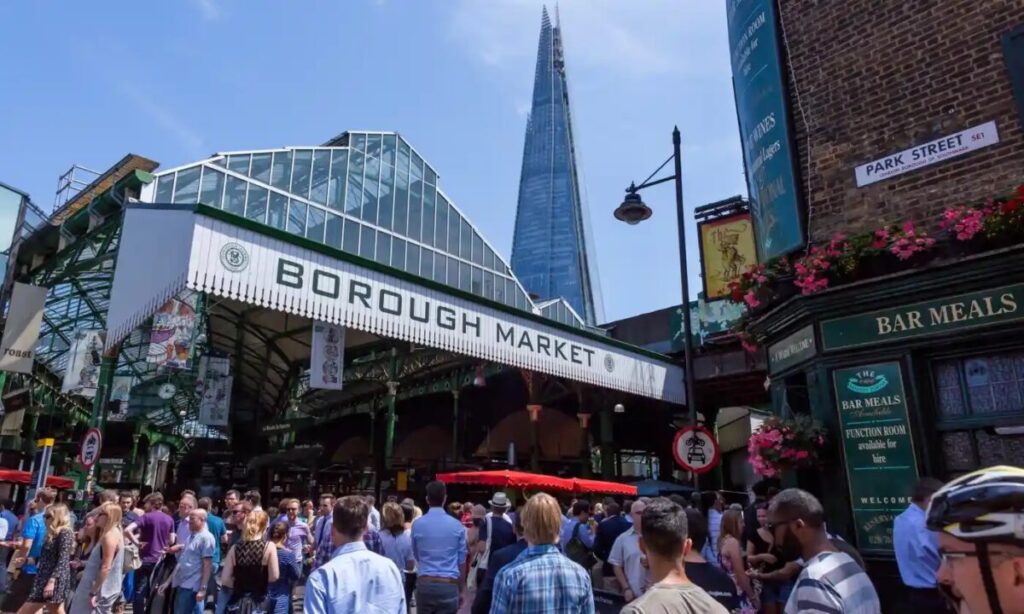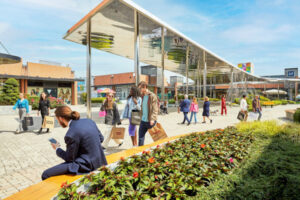By William Kistler
Our mission at urbanOvation is to share insight, solve problems, and create opportunities across diverse industries, sectors, and disciplines. Inspiring urban innovation and celebrating the power of great places is in our DNA. Like any other business, we have clear targets and measure the progress made toward achieving them. While what we do differs from the asset managers, investors, developers, and operators in the ACROSS audience, many of our “Key Performance Indicators” (KPIs) are similar. They include the basics, such as: Is the number of our “customers” and partners growing? Is our brand recognition increasing? Is the bottom line positive? Such metrics are easily quantifiable and tracked. The qualitative part is harder, but fundamental to the success of urbanOvation. Are our customers and partners benefiting from their engagement? Are the outcomes of our events, workshops, study tours, etc. making a difference? Are we helping to inspire collaboration and innovation?
Great places inspire and engage. They provide the stage for experience and are where memories are made. They are the antidote to an increasingly virtual world. They encourage social interaction and enhance urban vitality and people’s lives. Why, then, are there so few, and are they so hard to create?
A fundamental reason lies in the relentless social, economic, and technological change that confronts placemakers with an overload of unprecedented challenges and a wealth of new opportunities. To cope with the former and capture the latter, we need to be agile and innovative. Tired phrases like “paradigm shift” and “tipping point” fall far short of describing the world at the beginning of 2023.
Redefining KPIs
Great minds from within the ACROSS family suggest that a key to future success is rethinking the way we measure it. Their idea involves redefining the term “Key Performance Indicator” or KPI as “Keep People Informed, Involved, and Inspired”. KPI’s originated as a tool to help quantify business success, focusing organizations on continuous improvement. An alphabet soup of quantifiable metrics has evolved in pursuit of that objective. The three I’s approach is long overdue, but much less quantifiable. As a result, it is unlikely to reassure investors, shareholders, and operators that a business or asset is meeting expectations. Keeping people interested, informed, and inspired is an inherently fuzzier and qualitative set of objectives. Of the three, inspiration is least measurable, but arguably the most important, and is, therefore, the focus of this article.
Over 2,000 years ago, the great Roman architect Vitruvius distilled his recipe for creating great places to the axiom “commodity, firmness, and delight”. “Commodity” referred to whether the building served its purpose. In the modern world, that would translate as follows: Does it make functional and economic sense? “Firmness”, in his time, related to whether the building was built well. Today, we might add ideas like environmental sustainability. Finally, “Delight” is easy to describe – does it excite and inspire – but hard to measure. A century of engineering and materials innovation has helped fulfill the firmness part of the equation. Modern buildings rarely leak and almost never fall down. Commodity is inherently quantifiable, given the alphabet soup of performance metrics. Thanks to our ability to analyze and quantify, commodity and firmness have become the “science” behind the built environment.
“Delight” is a different animal. It is not about buildings, but about what buildings do inside the minds of the people who use them. Consumer surveys are not MRIs, and we will never know for sure whether it is the place, the service, or the price that keeps people coming back. Commodity rewards investors and shareholders. Firmness helps engineers and insurers sleep better. Delight inspires. It is the “art” that makes places great.
The science involved in making places great demands a deep understanding of physical, technical, and economic factors. The art involved requires vision, creativity, and design to deliver inspiring outcomes. Today, the science dominates built environment decision making. That needs to change, with the art restored to its essential role in the process of creating places that inspire.
Creating perfect places
If you ask most people what their favorite place is, they will rarely name a shopping mall. It is often not a building, but a park or a piazza. If a retail store makes the list, it will likely be a market hall, souk, or craft fair. Why? Perhaps it is the sterile and predictable sameness born of years of perfecting science? Maybe it is due to the fact that there are too many KPIs or too many tenants with the same offer at 10,000 different places around the world?

Compare that to the Medina in Marrakech or the Grand Bazaar in Istanbul or even Borough Market in London. The noise, the smells, the messiness, and the surprises around every corner make them unforgettable. Their authenticity, unpredictability, and uniqueness inspire delight. These are not groundbreaking insights. Almost 70 years ago, Walt Disney and his “Imagineers” created the mother of all destination shopping centers. The characters, rides, and entertainment all inspire kids to coax their moms and dads into buying more stuff and eating more, all while drinking from a firehose of experience. Ever since, developers and operators have tried to recreate a version of Disney’s formula at stores, restaurants, and leisure destinations – with mixed results. They have discovered that it is hard to engineer experience and authenticity. Many have also learned the hard way that it takes more than great bricks and mortar – “hardware” – to inspire. Without the “software” of a passionate and motivated team, the hardware will not work. The reality of declining operating margins and investment returns is sobering. People in search of value and convenience will not be easily seduced by inspiration. Clever lighting or a fashion show are unlikely to convert a value conscious Primark or ALDI customer. A convenient parking space will not persuade those accustomed to the convenience of Amazon delivering to their door. Not every place can inspire. Creating great places is a balancing act between art and science. Without the science, a place may win design awards but be a commercial failure. Take away the art, and a place may be functional but devoid of soul. Inspiring places evoke emotion, encourage interaction, build community, and are points of pride for a city.
The art of creating inspiring places
The art of creating inspiring places demands skills and collaboration that are alien to the property industry today. To succeed, we need to tear down the sector and discipline silos within the industry. We also need to better engage our customers, communities, and governments and demonstrate that we are committed to building a better future. The forecast for 2023 and beyond likely includes more disruptive storms for all actors in the placemaking business. In the midst of what looks like a perfect storm, it is only natural to batten down the hatches rather than tie yourself to the mast. Yet, a risk-averse world is precisely the environment for inspired innovation. Every innovative and groundbreaking shopping center, retail, F&B, or leisure concept owes its success to the inspiration of the people who use it. A contrarian willingness to embrace risk has often been the source of great innovation and value creation. In the words of another great KPIs of Food markets Roman proverb, “Fortune favors the bold!”

William Kistler is Founder and Managing Partner at urbanOvation.






